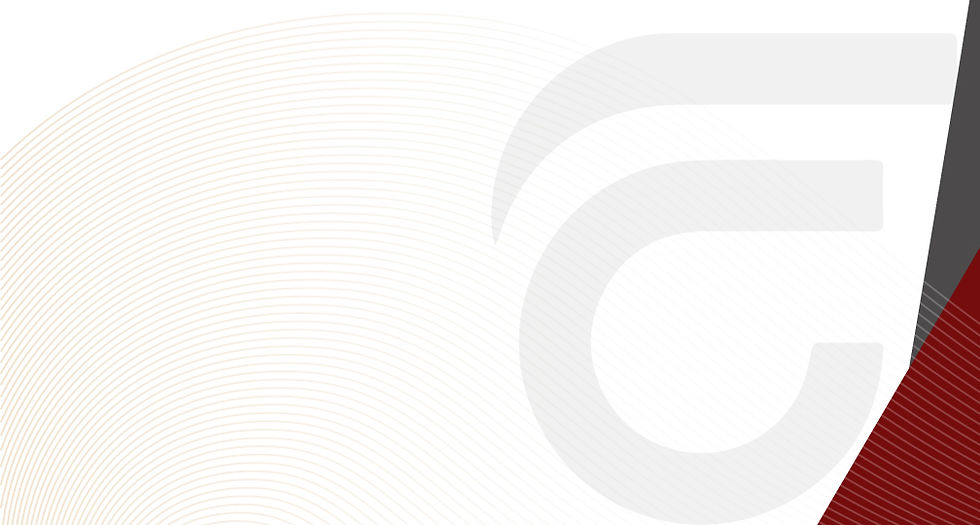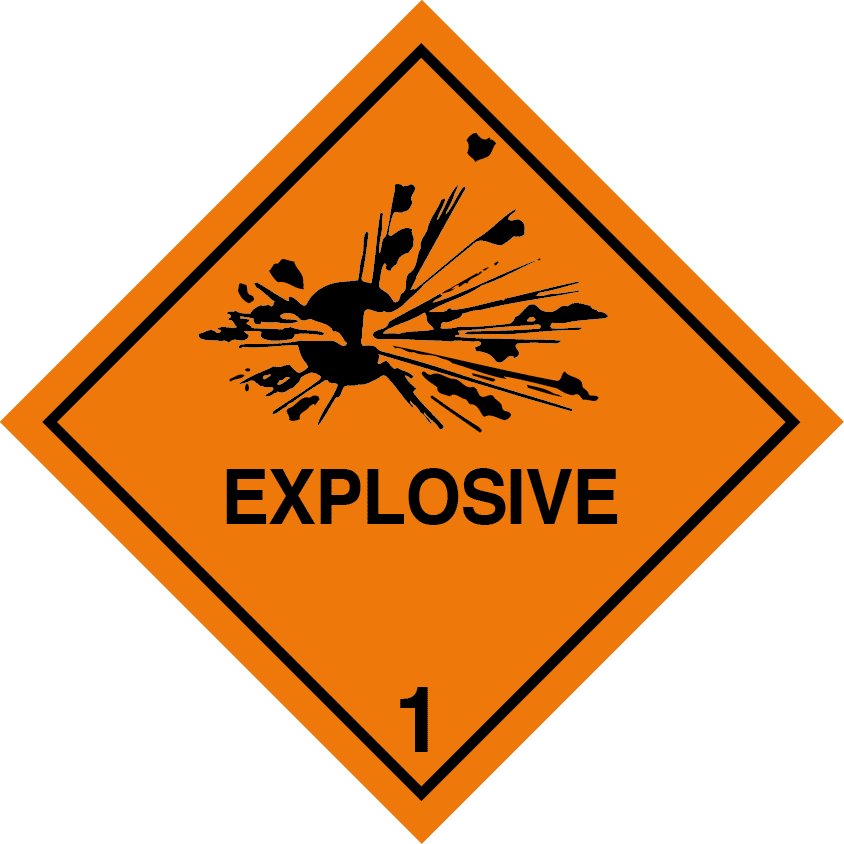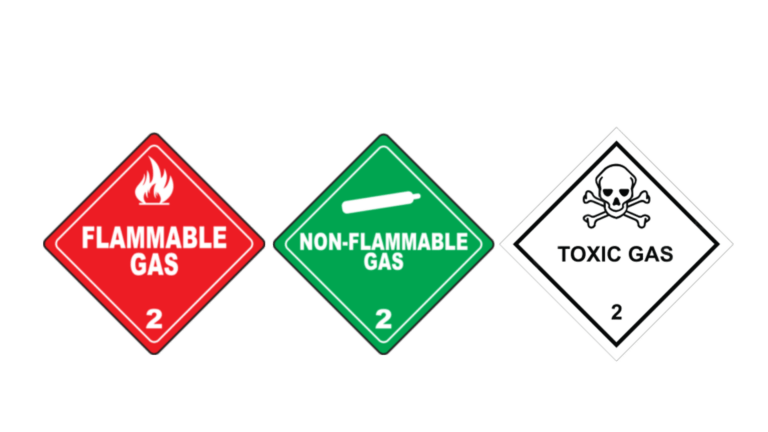

CLASS 1- EXPLOSIVES
Class 1 covers, by definition, solid and liquid explosive substances, capable of producing gases by chemical reaction at such a temperature and pressure, and at such a speed, that they can cause damage to their surroundings.
Class 1 also covers pyrotechnic substances that produce an effect, such as light, sounds, gas or smoke, or even a combination of these.
Divisions and meanings of each:
Division 1.1 - Substances and articles which have a mass explosion hazard.
Division 1.2 - Substances and articles which have a projection hazard but not a mass explosion hazard.
Division 1.3 - Substances and articles that pose a fire hazard and either a minor blast, or a minor projection hazard or both.
Division 1.4 - Substances and articles which present only a slight hazard of explosion upon ignition/initiation during carriage
Division 1.5 - Very insensitive substances having a mass explosion hazard, however, have very little probability of ignition/initiation during carriage.
Division 1.6 - Extremely insensitive articles which do not have a mass explosion hazard. Negligible probability of accidental initiation or propagation
Some examples include:
Ammunitions, Black Powder, Bombs, Detonators, Fireworks, Flares, Grenades, Mines and Rockets.



CLASS 2 - GASES
The heading of Class 2 covers pure gases, mixtures of gases, mixtures of one or more gases with one or more other substances and articles containing such substances.
A gas can be compressed, liquified, refrigerated liquified gas, dissolved gas, aerosol, gas under pressure gas samples, chemicals under pressure with a gas propellant or an absorbed gas.
Divisions and meanings of each:
Division 2.1 - Flammable Gases
Division 2.2 - Non-flammable, non-toxic gases and
Division 2.3 - Toxic gases
Some examples include:
Butane, propane, carbon dioxide, oxygen and carbon monoxide.



CLASS 3 -
Flammable Liquids

The heading of Class 3 covers substances which are liquids and have a flash point of not more than 60 degrees centigrade.
Class 3 is arguably the most well-known of the dangerous goods, mainly because we either fill our cars with petrol or diesel, and there are also some household items we may have, such as paints, glues, varnishes and inks, etc., which are classified as class 3 flammable liquids.
Some examples include:
Perfumery products, alcoholic beverages, Acetone and petroleum crude oil
